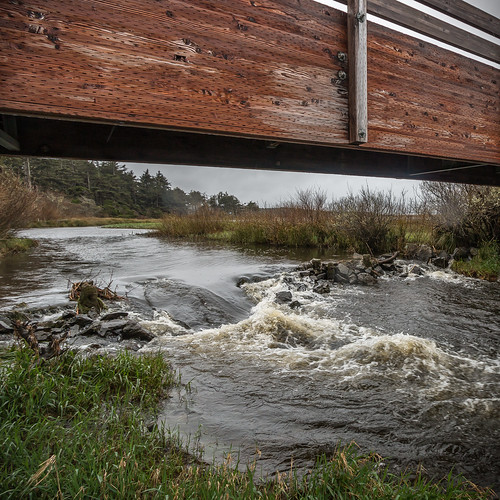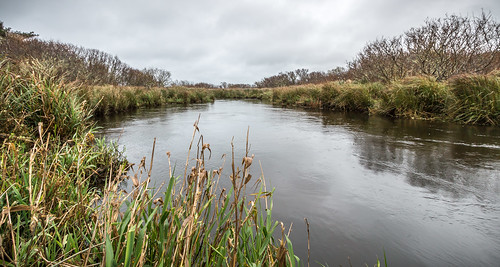Irrigators criticize $100 water rights fee proposal
SALEM — A proposed $100 annual fee on all Oregon water rights has met with criticism from irrigators who say it would contribute to already mounting financial burdens.
Farmers overwhelmingly testified against House Bill 2706, which aims to raise money for water management, during a March 22 hearing before the House Committee on Energy and Environment.
Members of the Klamath Water Users Association, for example, are already paying steep costs to comply with the Endangered Species Act and engage in water rights adjudication in the region, said Dave Jensen, a farmer and representative of the group.
“Would $100 break a bunch of farmers out there? Probably not, but there is always the straw that broke the camel’s back,” Jensen said.
For irrigators with multiple water rights, the bill would cap total fees at $1,000 a year, while municipalities could pay up to $2,500 a year.
The money raised would pay for the administrative, technical and field duties performed by the Oregon Water Resources Department, which oversees 89,000 water rights in the state.
The bill would effectively impose a discriminatory tax on irrigators and other water users, said Curtis Martin, a rancher and chair of the Oregon Cattlemen’s Association’s water resources committee.
“There is no additional service being delivered to the users of the resource,” Martin said.
Opponents also argue that electricity costs have continued rising, adding to the cost of pumping water, and irrigators would have to pay the management fee even if they didn’t fully use their water rights.
“When they shut you off, you still have to pay that bill,” said Tom Mallams, a rancher and Klamath County commissioner.
House Bill 2705, a companion proposal requiring the installation of water measurement devices at irrigation diversions, also drew objections from irrigators at the hearing.
Complying with the requirement would be expensive and the Oregon Water Resources Department doesn’t have enough staff to analyze the new information anyway, said John O’Keeffe, president of the Oregon Cattlemen’s Association.
“Additional data for the sake of data does not solve any problem,” O’Keeffe said.
It would be more realistic to ensure that watermasters — who can already order water measurements when necessary — are properly equipped to do their jobs, he said.
Installing water measurement devices also isn’t practical for farmers who rely on flood irrigation and divert water directly from streams onto fields, according to opponents.
Some opponents also questioned the fairness and wisdom of exempting domestic well users from the bill.
“If you’re going to manage water, I don’t know how you’re going to do that without looking at private wells,” said Irene Gilbert of La Grande, Ore.
Water conservation groups argued that a new funding source is needed because OWRD’s cost of administering water rights is largely borne by state taxpayers.
The private interests who primarily benefit from the system, meanwhile, only pay a one-time application fee to establish water rights, said Kimberley Priestley, senior policy analyst with WaterWatch of Oregon.
“This is the public’s water. The public is currently paying through the general fund for the management of its water,” said Priestley.
An annual management fee has already been identified as a stable source of funding by the Oregon Water Resources Commission, which oversees OWRD, she said.
As for measurement devices, the requirement is needed because “what gets measured gets managed,” Priestley said.
Proponents claim that only 20 percent of Oregon’s water rights holders currently measure and report their usage, since this is a requirement for irrigation districts, governments and those with rights issued since 1993.
Despite recognition by the Oregon Water Resources Commission as a key management tool, there has been limited progress in expanding water measurement, according to bill supporters.
“We can no longer afford to put our heads in the sand and pretend water management issues will just go away,” said Joe Furia, general counsel for the Freshwater Trust nonprofit.
The committee’s chair, Ken Helm, D-Beaverton, said the bills were “conversation starters” and would likely change in response to input from a “broad stakeholder group” he’s convened, which includes agriculture and environmental groups.





